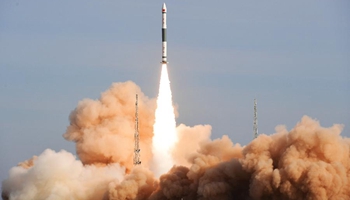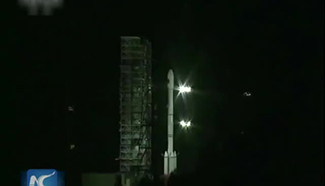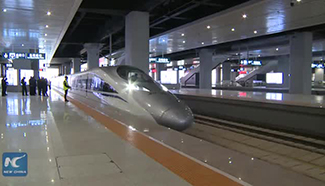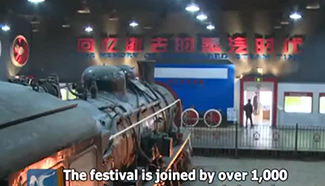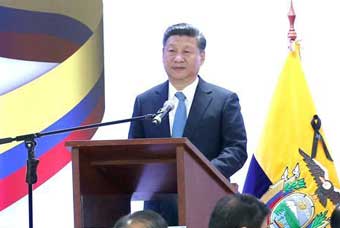By Zhang Chaoqun
LAS VEGAS, Jan. 9 (Xinhua) -- This year's international Consumer Electronics Show (CES) gave visitors a glimpse of what could be technology's most radical upheaval yet, the introduction of autonomous cars and trucks in Las Vegas.
The show, largest of its kind in the world, held between Jan.5 and 8, attracting over 3,800 companies from various countries and regions.
At its more than 2.6 million net square feet (about 242,000 square meters) show space, CES 2017 attracted about 165,000 attendees.
What kind of cars we are driving in the future commands the spotlight of this year's CES. From safety systems and vehicle-to-vehicle communications to improved voice recognition and new 3D interfaces, a various range of car-related technologies have been displayed.
Vehicle technology will span more than 200,000 net square feet (about 18,500 square meters) of exhibit space and feature nearly 140 exhibitors, setting record of this kind at CES.
Autonomous driving and related technology sees its big step forward development at this year's CES compared with it in last year.
Vehicle technology is making driving safer and drivers more connected.
"This is a transformative time in automotive," said Patrick Little, Qualcomm's automotive senior vice president and general manager. "The pace of innovation is unprecedented."
The automotive industry is being driven by a desire to bring safety to the next level, said Little, and he illustrated three technologies assisting the movement: high-speed, high-quality connectivity; "electrification" and moving away from fossil fuels and toward efficient vehicles; and autonomous driving.
"The center of all these transformations is intelligently connecting everything to the car," said Little. "Connecting to the car in front of you for braking, being to talk to the network, and being able to success the Cloud." These things are the foundation for any move forward in automotive, particularly in the path to autonomous driving, he added.
According to the U.S. National Highway Traffic Safety Administration, over 35,000 people in the country are killed in car crasher each year, and hundreds of thousands more are injured. More than 90 percent of car crashes are caused by human error. Self-driving vehicles may have the power to save the lives of tens of thousands of motorists every year, said Gary Shapiro, president and CEO of the U.S. Consumer Technology Association (CTA), the show organizer.
At the beginning day of CES, Nissan Motor unveiled its vision for future vehicles. Carlos Ghosn, chairman and CEO of Nissan Motor Corporation announced that the next-generation Nissan Leaf electric vehicle will come with the semi-autonomous ProPilot system, as well as the company's plans to launch their Seamless Autonomous Mobility (SAM) system. Developed from NASA technology, SAM enables a "human in the loop" approach to autonomous driving, which monitors a vehicle's path from a distance, providing peace of mind to drivers.
"The destructive triangle of autonomous drive technology, electric vehicles, connected cars and services means we will see more change in the next ten years than we did in the last 50," said Ghosn. "By 2030, 15 percent of new vehicles sold could be fully autonomous."
Even for Chinese internet and tech company LeEco, an ambitious next generation car blueprint has been carried out.
Faraday Future, a start-up company invested by Chinese typhoon Jia Yueting, chairman of LeEco , unveiled its first commercial vehicle FF91 last Tuesday, claiming this was not only "the fastest accelerating electric car in the world", but also one with connectivity, intelligence and performance that surpassed those in the market.
According to Faraday Future, FF 91 is able to hit 100 km per hour in 2.39 seconds, which would narrowly beat out the previous 2.4 seconds record by Tesla Model S. It also beat Ferrari 488 and the Bentley SUV. In terms of battery range, the vehicle could run up to around 700 kilometers on a single charge.
"I think there are a lot of companies that make the electric cars. But I don't think any of them are combing the vehicle with the Internet the way that we are. I don't think any of them are combing with autonomous and smart driving and connected and shared vehicle like we are," claimed Peter Savagian, vice president of Faraday Future Propulsion Engineering.
No matter where the vehicle company is located or whoever invested it, the future of cars will be different. Autonomous driving is coming towards consumers.


